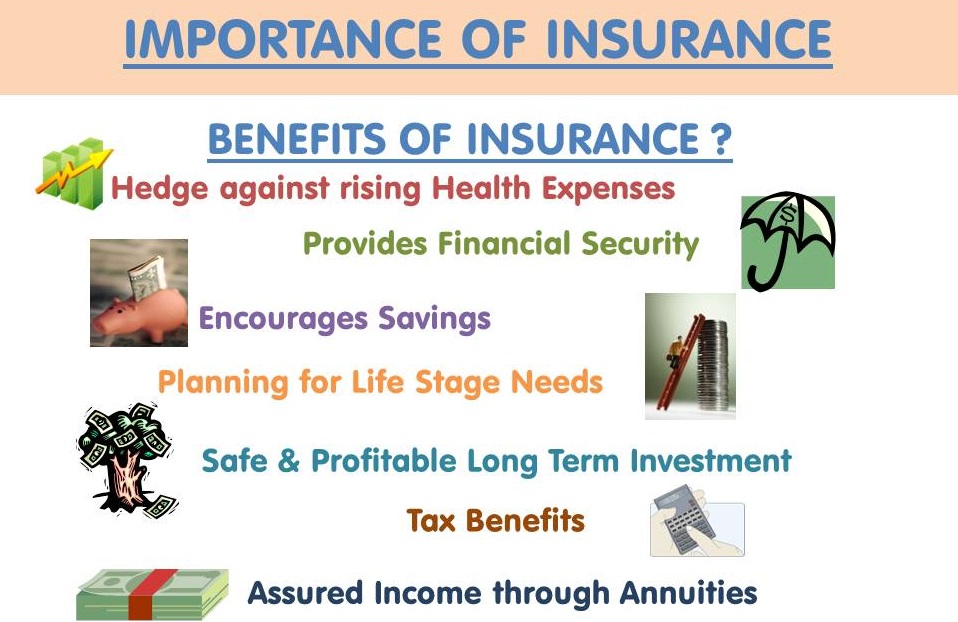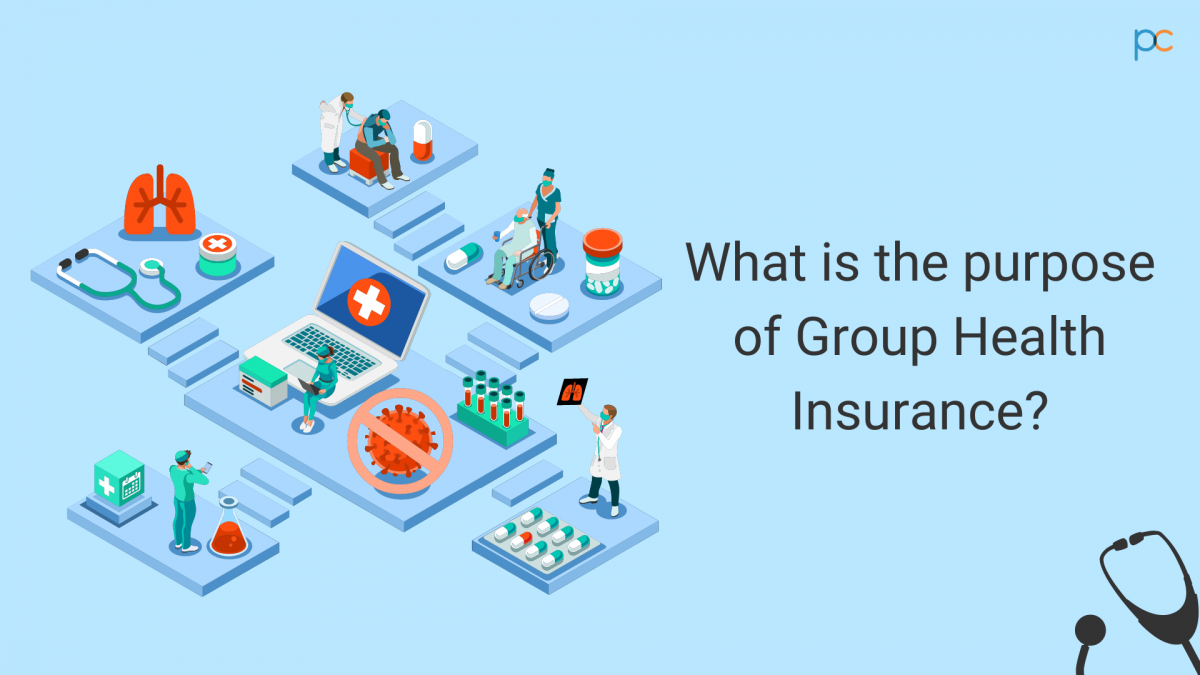How Pacific Prime can Save You Time, Stress, and Money.
Table of ContentsHow Pacific Prime can Save You Time, Stress, and Money.Everything about Pacific PrimeNot known Facts About Pacific PrimeExcitement About Pacific Prime9 Easy Facts About Pacific Prime Described

This is because the data were accumulated for a period of strong financial efficiency. Of the approximated 42 million individuals who were uninsured, almost about 420,000 (regarding 1 percent) were under 65 years old, the age at which most Americans come to be eligible for Medicare; 32 million were adults between ages 18 and 65, about 19 percent of all grownups in this age; and 10 million were children under 18 years of age, regarding 13.9 percent of all youngsters (Mills, 2000).
These estimates of the variety of individuals uninsured are created from the annual March Supplement to the Present Populace Survey (CPS), conducted by the Demographics Bureau. Unless otherwise kept in mind, nationwide estimates of people without medical insurance and proportions of the populace with different type of insurance coverage are based on the CPS, one of the most extensively made use of source of quotes of insurance policy protection and uninsurance rates.
Pacific Prime Can Be Fun For Everyone

Still, the CPS is particularly helpful because it generates yearly price quotes fairly promptly, reporting the previous year's insurance policy coverage estimates each September, and because it is the basis for a consistent set of estimates for more than 20 years, enabling evaluation of trends in coverage over time. For these factors, as well as the extensive use of the CPS in other studies of insurance policy coverage that exist in this report, we depend on CPS estimates, with constraints noted.

The price quote of the number of without insurance people broadens when a population's insurance policy status is tracked for numerous years. Over a three-year period starting early in 1993, 72 million individuals, 29 percent of the united state populace, were without insurance coverage for at least one month. Within a single year (1994 ), 53 million individuals experienced at the very least a month without insurance coverage (Bennefield, 1998a)
Six out of every 10 without insurance adults are themselves utilized. Functioning does enhance the likelihood that one and one's household members will certainly have insurance coverage, it is not a warranty. Even participants of households with two permanent wage income earners have nearly a one-in-ten possibility of being without insurance (9.1 percent without insurance price) (Hoffman and Pohl, 2000).
A Biased View of Pacific Prime
New immigrants account for a considerable percentage of individuals without medical insurance. One evaluation has actually attributed a considerable part of the current development in the size see here now of the united state without insurance populace to immigrants that arrived in the country between 1994 and 1998 (Camarota and Edwards, 2000). Recent immigrants (those who pertained to the USA within the previous 4 years) do have a high price of being without insurance (46 percent), yet they and their children account for just 6 percent of those without insurance coverage country wide (Holahan et al., 2001).
The connection between medical insurance and accessibility to care is well developed, as recorded later on in this phase. Although the partnership in between health insurance and health results is neither straight neither simple, a considerable medical and health and wellness services study literature links health insurance policy protection to better accessibility to care, much better quality, and enhanced individual and population health and wellness status.
Levels of evaluation for checking out the impacts of uninsurance. This discussion of wellness insurance protection focuses largely on the U.S. populace under age 65 since virtually all Americans 65 and older have Medicare or various other public protection. It concentrates particularly on those without any kind of health and wellness insurance policy for any type of length of time.
Unknown Facts About Pacific Prime
The issues dealt with by the underinsured are in some respects similar to those faced by the without insurance, although they are normally less serious. Wellness insurance, nevertheless, is neither essential neither enough to acquire accessibility to clinical solutions. The independent and straight impact of health and wellness insurance protection on access to health and wellness solutions is well established.
Others will acquire the health and wellness treatment they require also without medical insurance, by paying for it out of pocket or seeking it from suppliers who offer care complimentary or at very subsidized prices. For still others, health and wellness insurance coverage alone does not make sure invoice of care due to various other nonfinancial obstacles, such as an absence of health and wellness treatment companies in their area, restricted access to transport, illiteracy, or linguistic and cultural differences.
Pacific Prime - Questions
Official research about uninsured populations in the USA dates to the late 1920s and very early 1930s when the Board on the Expense of Medical Treatment generated a series of reports about financing medical professional workplace sees and hospitalizations. This issue became salient as the varieties of clinically indigent climbed up throughout the Great Depression.